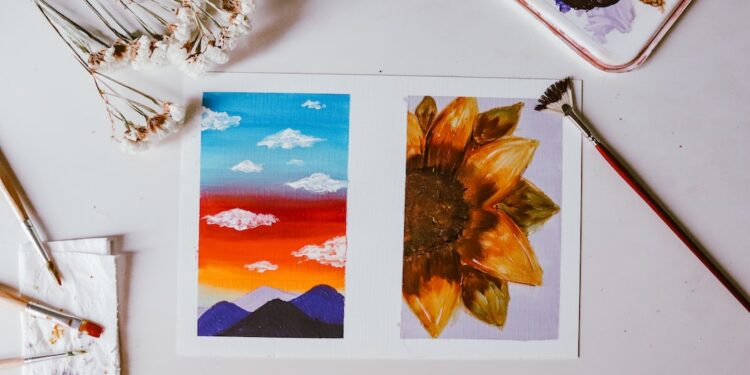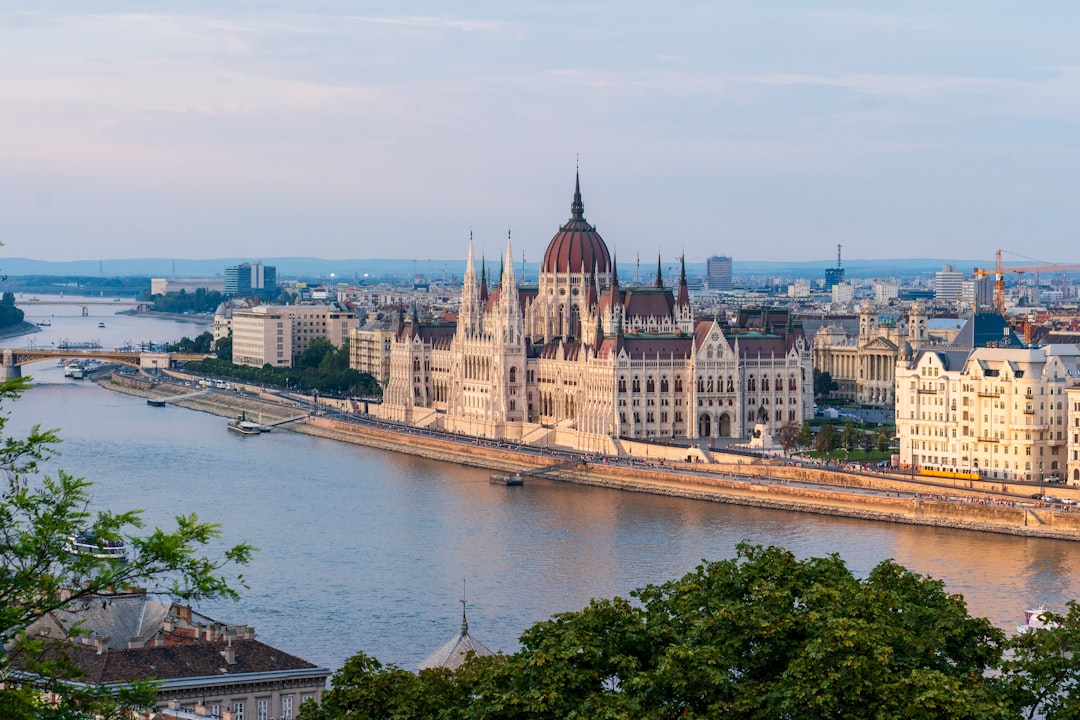The Intersection of Technology and Art: Exploring Digital Art and Virtual Reality
Art has always been a reflection of the society it inhabits, serving as a commentary on various aspects of human life. Over the centuries, we have witnessed the evolution of different art forms, from the traditional paintings in caves to the avant-garde movements of the 20th century. However, with the rise of technology, a new type of art has emerged, one that harnesses the power of digital tools and virtual reality to create immersive experiences like never before. In this blog post, we will delve into the intersection of technology and art, specifically focusing on digital art and virtual reality.
Digital art encompasses a vast range of artistic practices that utilize digital technology as a medium. This form of art emerged in the 1960s when artists began experimenting with computers and other electronic devices to create their artwork. One of the pioneers of digital art is Vera Molnar, a Hungarian-French artist who explored the possibilities of the computer in her artistic practice. She developed complex algorithms to generate unique and visually striking images.
The advent of computers and software programs such as Photoshop revolutionized the field of digital art, enabling artists to manipulate images and create new realities with ease. Digital art is not limited to static images; it can also include animations, videos, and interactive installations. Artists like Bill Viola and Pipilotti Rist have pushed the boundaries of digital art by creating immersive video installations that transport the viewer into otherworldly realms.
Virtual reality (VR) takes the concept of digital art even further by providing a fully immersive experience. VR technology allows users to enter a computer-generated simulation of a three-dimensional environment, enabling them to interact with the virtual world. Artists have embraced this technology to create virtual reality art experiences that blur the boundaries between the real and the virtual.
In VR art, viewers can become active participants, exploring and interacting with the artwork in ways that were previously unimaginable. Artists like Chris Milk and Laurie Anderson have used VR to tell compelling narratives and evoke powerful emotions. For example, Anderson’s VR installation “Chalkroom” immerses viewers in a virtual space filled with floating words, enabling them to explore the depths of the artist’s imagination.
The intersection of technology and art has also given rise to new opportunities for collaboration. Artists can now collaborate with programmers, engineers, and scientists to create groundbreaking artworks that fuse art and technology in innovative ways. This interdisciplinary approach has led to the creation of mesmerizing installations like the “Rain Room” by Random International, where visitors can walk through a downpour of rain without getting wet.
Furthermore, technology has expanded the accessibility of art, enabling artists to share their work with a global audience. Through digital platforms and social media, artists can reach millions of people who may not have had access to traditional art galleries or museums. This democratization of art not only exposes more people to different forms of artistic expression but also encourages cultural diversity and inclusivity.
However, the rise of technology in art also raises questions about the role of the artist and the impact of technology on our perception and experience of art. Some argue that technology has dehumanized the artistic process, reducing the role of the artist to that of a technician. Others argue that it has expanded the possibilities for creative expression, allowing artists to explore new territories and push the boundaries of their practice.
Ultimately, the intersection of technology and art is a complex and multifaceted phenomenon. It has opened up new avenues for artists, enabling them to create immersive and interactive experiences that were previously unimaginable. Digital art and virtual reality have expanded our understanding of what art can be, blurring the boundaries between the real and the virtual. As technology continues to evolve, it will be fascinating to see how artists harness its potential to create even more innovative and transformative artworks.













